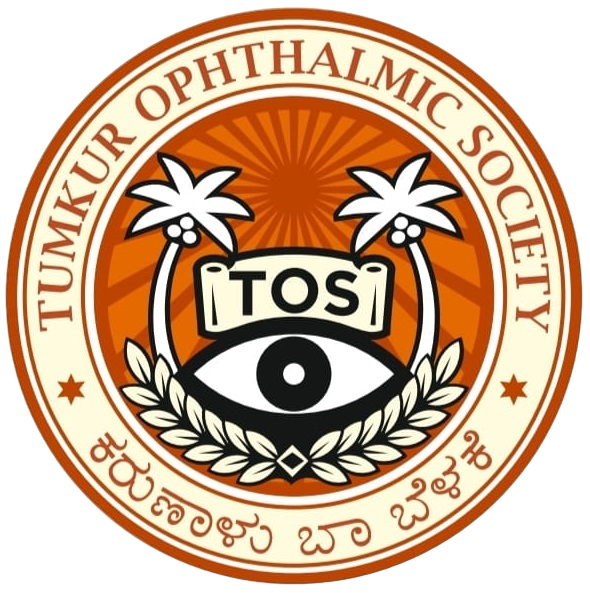Bell’s Palsy
What is Bell’s Palsy?
Bell’s palsy is a neurological condition that affects the muscles of your face. It causes weakness or partial paralysis of the muscles on one side of your face. As a result the eyelid may not close properly and smile may become uneven.
Bell’s palsy usually affects adults and is rare in children. It is more likely to happen to people who have a family history of Bell’s palsy.
What causes Bell’s Palsy?
Doctors believe it may be due to one or more of these problems:
Problems in the body’s immunity
Reduced blood flow to the facial nerve also known as 7th cranial nerve
Viral infection, causing swelling of the facial nerves
Symptoms of Bell’s Palsy
Bell’s palsy can appear all of a sudden. You may notice that you cannot smile on one side of your face. There may be trouble speaking clearly or difficulty in smiling. One may have some facial pain just before it becomes partially paralyzed.
In addition the eyes may become dry and have blurry vision. The eye lid may not close completely. Food may not taste as well as before and there could be hearing problems.
If you have symptoms on both sides of your face, then it could be something other than Bell’s palsy.
If the symptoms do not improve in a few weeks, the doctor may recommend an MRI scan.
How long do Bell’s palsy symptoms last?
For about 8 out of 10 people, symptoms start to improve in 3 weeks’ time and most symptoms be nearly gone in about 3 months.
In some individuals some symptoms may remain, such as a small amount of facial paralysis or reduced movement on one side of your face. For about 2 out of 10 people, Bell’s palsy symptoms do not go away.
Treatment of Bell’s Palsy
There is no cure for Bell’s palsy. The ophthalmologist can help manage the symptoms affecting the eye. Eye drops or other lubricants provide relief if you cannot fully shut your eye.
In some cases, corticosteroids, antiviral drugs or other medicine may be prescribed.
